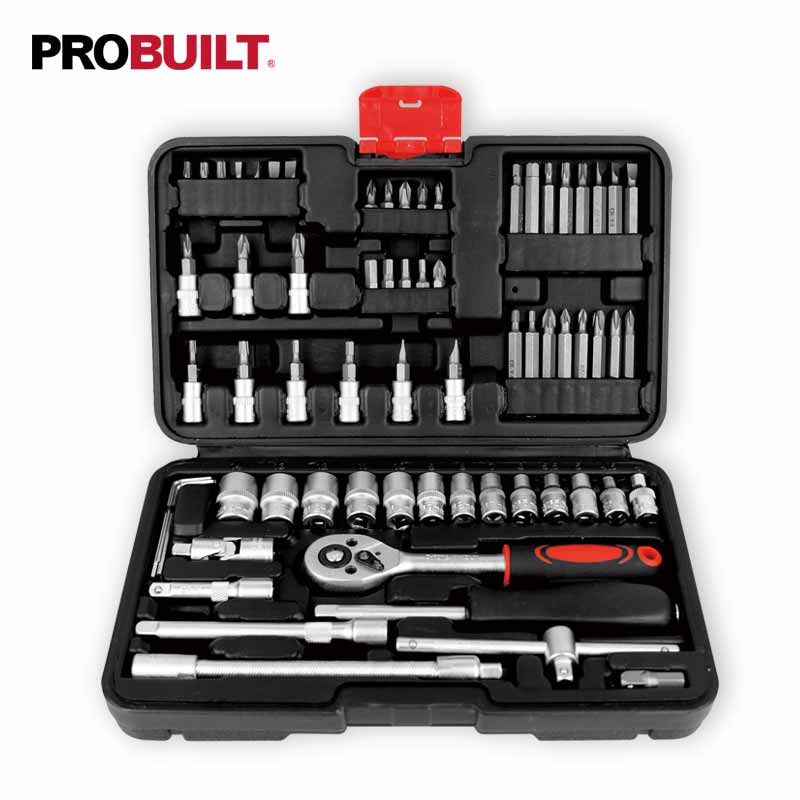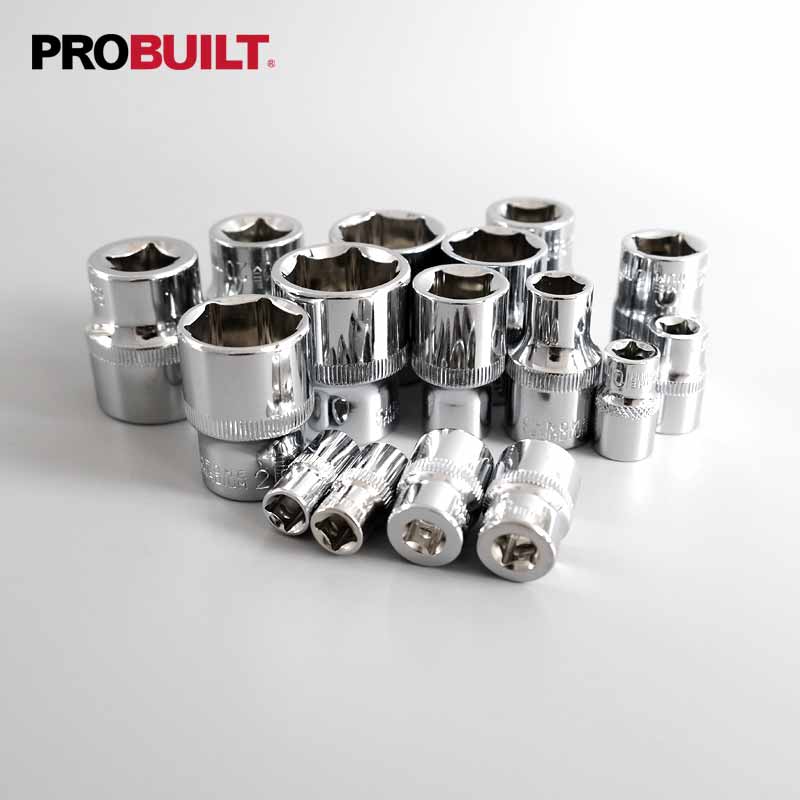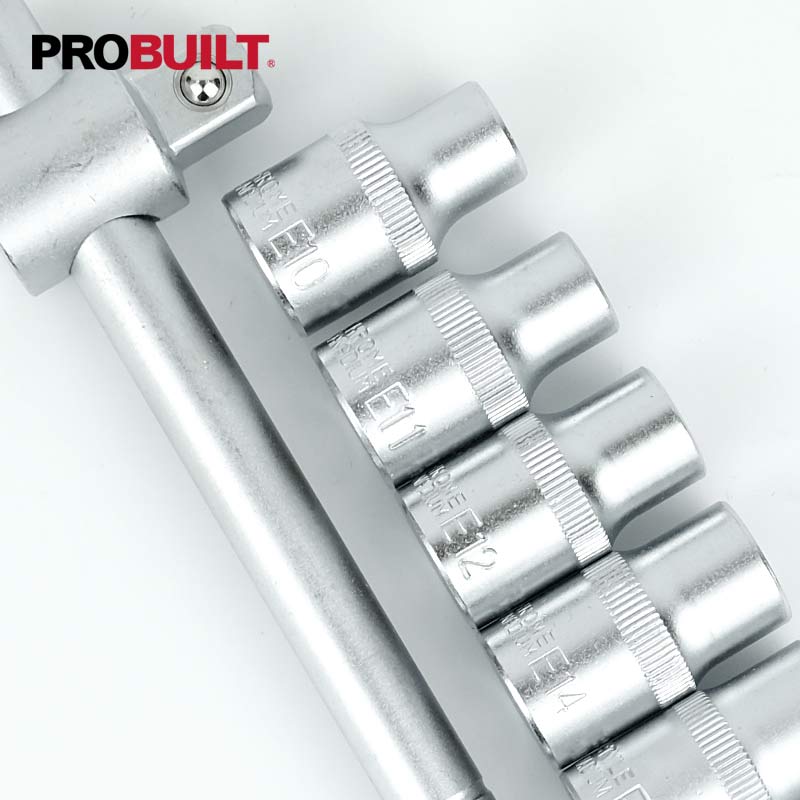+86 311 8533 5186
 A socket set is designed to help mechanics loosen, tighten and remove any nuts or bolts that are in a vehicle or machine. Regardless of your skill level and budget, every trade needs a universal socket set or wrench set to perform the most basic tasks and maintenance. Socket Sets come handy in saving time and energy while getting done the task hence reducing the use of spanners.
A socket set is designed to help mechanics loosen, tighten and remove any nuts or bolts that are in a vehicle or machine. Regardless of your skill level and budget, every trade needs a universal socket set or wrench set to perform the most basic tasks and maintenance. Socket Sets come handy in saving time and energy while getting done the task hence reducing the use of spanners.
Today we’ll be providing a socket guide, to help you find the best set or individual socket for your job's requirements.
A socket wrench is a hand tool with a ratcheting mechanism on its head. The ratcheting part attaches to a variety of sockets by way of a square nub called the drive. The ratchet can be set to loosen or tighten a nut. The ratchet keeps the socket in place while you turn the wrench handle.
Metric, SAE and Whitworth: While SAE, or standard-sized sockets with measurements in inches are widely used for older domestic vehicles, most modern vehicles – both import and domestic – largely use metric hardware, measured in millimeters. Choose a metric or SAE set depending on your needs, or stock your garage with both to ensure you always have the right tool for the job.
Whitworth sockets are a third type, used almost exclusively on British vehicles. Whitworth nominal sizes are in inches like SAE, but reflect the size of a bolt’s shaft, or the inner diameter of a nut. So, a 5/8″ Whitworth socket is larger than a 5/8″ SAE socket. If you work on a classic British vehicle like an MG, Rover, or Jaguar, you may need Whitworth hand tools. If not, stick to SAE and/or metric sizes.
 Drive size of the socket set
Drive size of the socket setBoth metric and SAE measurement system sockets are available in three drive sizes: ¼-inch, 3/8-inch and ½-inch. Each requires a different ratchet handle and other accessories like extensions assortments. Smaller sockets are typically used for smaller drive sizes, while larger sockets are used for the larger drive sizes. If your socket set is limited to one drive size, choose a right drive size to cover the majority of sockets. The smallest and largest drive sizes both deliver useful work, though.
Small, ¼-inch drive sockets are largely used to reach small nuts or bolts in tight spots more easily. Large, ½-inch drive sockets are required to handle more torque and are ideal for larger fasteners that require a longer ratchet or breaker bar to loosen or fully tighten the screws.

Knowing whether you have a six-pointed hexagon or 12-pointed star bolt head will help determine the strength of your wrench. Typically, a six-pointed socket will be stronger than a 12-point. This is because the inner walls of a 6-point socket will sit flush against all six sides of the hardware. While these 12-point sockets may not be as strong they are better suited to light work, while six-points are a better choice for larger hardware or applications, as they are less likely to slip.
A nut fully tightened should sit below the top of the bolt it’s connected to. You may find that a normal shallow socket might not even touch the nut before the top of the bolt hits the end of the socket. In this case, you’ll want to opt for a deep socket to fit the long end of the bolt snugly around the nut. Having deep sockets can be handy if you find yourself in similar situations. Without the elongated depth of a deep socket, you may need to use a wrench instead to be able to loosen the nut at hand.
Check out all the tools Probuilt has to offer and learn more about the socket set.

Copyright © Sinotools Industrial All Rights Reserved.. Technical Support: